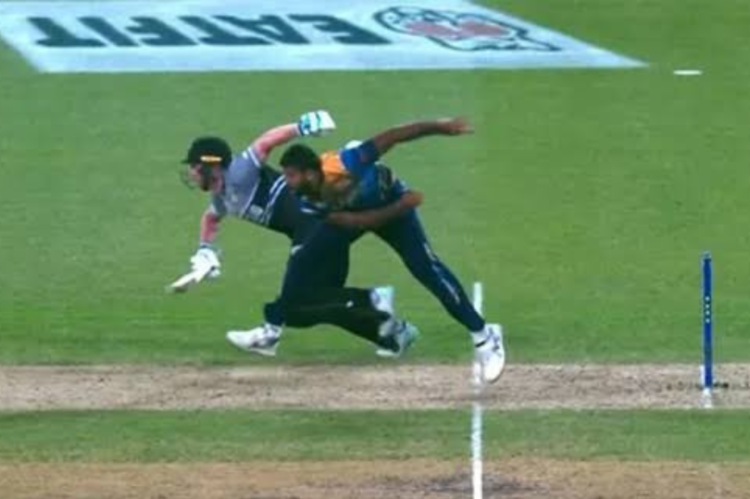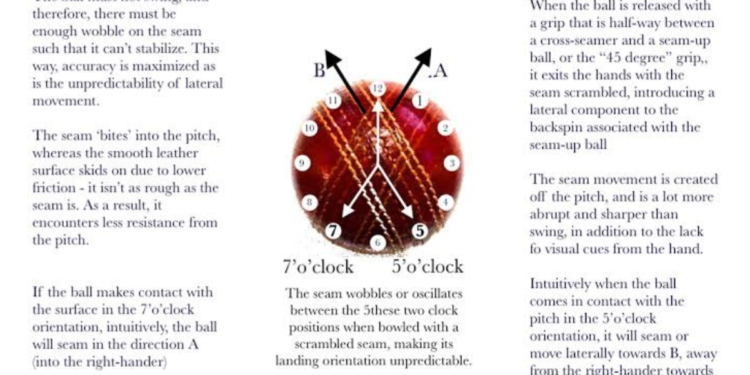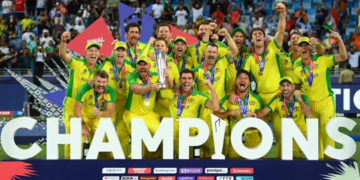The Speedsters of Cricket: Exploring the Fastest Runners on the Field
Speed is an essential aspect of cricket that can make a significant difference in a match. The ability to run swiftly between the wickets can turn singles into doubles and doubles into triples, putting pressure on the fielding side. In the modern game, players need to be not only proficient in their batting and bowling skills but also in their running between the wickets to secure runs efficiently.
Several notable cricket stars have made a name for themselves with their lightning-quick speed on the field. These players exhibit exceptional agility, quick reflexes, and outstanding running techniques that set them apart from their competitors. Their ability to convert ones into twos and to chase down balls in the outfield adds a dynamic element to the game, keeping the spectators on the edge of their seats with every sprint.
Analyzing the Sprinting Skills of Cricket Players
Sprinting skills in cricket are crucial for players to swiftly navigate the field, steal runs, and contribute to their team’s success. The ability to accelerate quickly and maintain high speeds can make a significant difference during a match, allowing players to capitalize on scoring opportunities and execute strategic plays effectively.
Observing the sprinting skills of cricket players reveals a diverse range of techniques and strategies employed. Some athletes rely on explosive power to dash between the wickets, while others prioritize agility and quick footwork to navigate the field with precision. Regardless of the approach taken, honing sprinting skills through rigorous training and practice is essential for players looking to gain a competitive edge on the field.
Notable Cricket Stars Known for their Lightning Quick Speed
Shifting gears on the cricket field, a few standout players are celebrated for their exceptional speed and agility. Among them, one of the most prominent names is AB de Villiers. Renowned for his lightning-quick running between the wickets, de Villiers consistently demonstrates impressive sprinting capabilities that often result in turning singles into doubles effortlessly. His fleet-footedness and sharp reflexes have earned him a reputation as one of the fastest runners in the game.
Another cricket star who shines brightly in the realm of speed is Virat Kohli. Known not only for his exceptional batting prowess but also for his remarkable agility on the field, Kohli has a knack for turning even the tightest of runs into scoring opportunities. His quick movements, coupled with a keen strategic sense, make him a formidable opponent when it comes to putting pressure on the fielding side. With a perfect blend of speed and precision, Kohli’s running between the wickets is a sight to behold for cricket enthusiasts worldwide.
Comparing the Running Abilities of Cricket Athletes
In the fast-paced world of cricket, running abilities play a crucial role in determining the success of a player on the field. Some cricketers possess lightning-fast speed, effortlessly sprinting between the wickets and turning singles into doubles with ease. Their agility and quick reflexes enable them to capitalize on even the slightest opportunity to score runs for their team.
On the other hand, there are players who may not be the fastest runners on the field but make up for it with strategic decision-making and precise timing. While they may not cover the distance as swiftly as their counterparts, their ability to anticipate the fielding positions and gauge the bowler’s tactics can often give them the edge in scoring runs. In cricket, where every run counts, a blend of speed and intelligence in running abilities can greatly impact the outcome of a match.
The Need for Speed: How Running Fast Impacts Cricket Matches
Running fast is a crucial skill in cricket that can significantly impact the outcome of a match. The ability to sprint between the wickets can earn valuable runs for the batting team and put pressure on the fielding side to execute quick and accurate throws. This quick movement also allows batters to take advantage of gaps in the field, turning potential singles into doubles and doubles into boundaries.
Furthermore, speed on the field can affect a fielding team’s ability to restrict the opposition’s scoring. Quick fielders are able to cover more ground, cut off boundaries, and prevent batsmen from taking risky runs. In addition, fast runners can capitalize on misfields or poorly thrown balls, turning potential singles into multiples runs and putting the fielding side under immense pressure.























